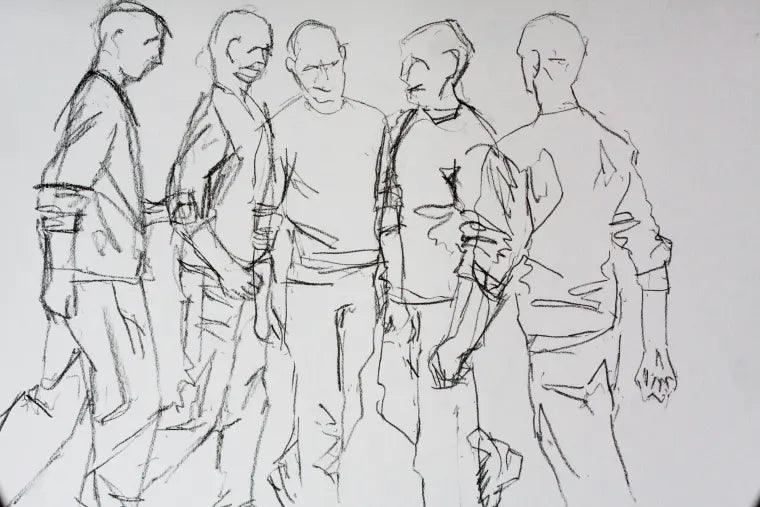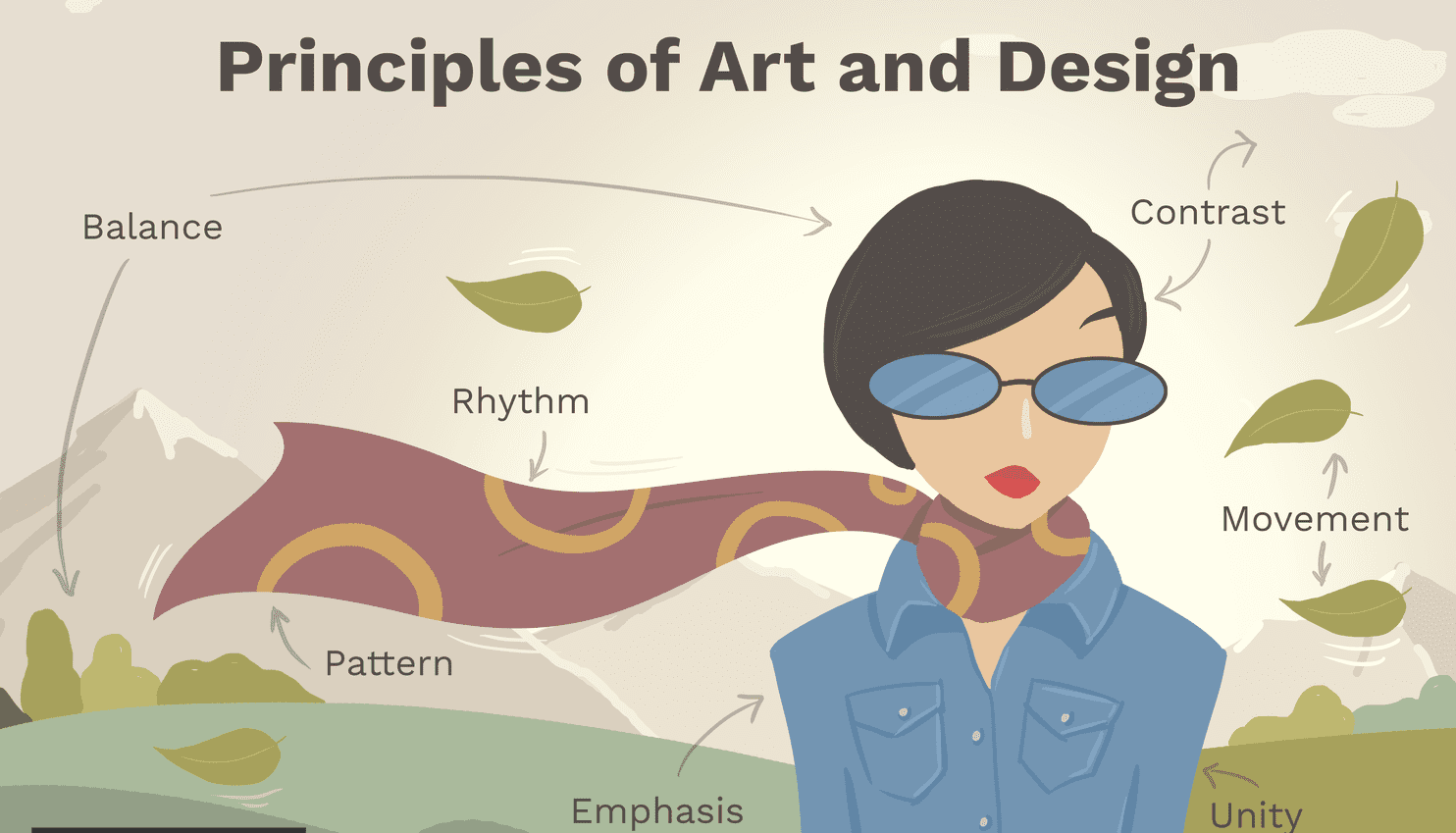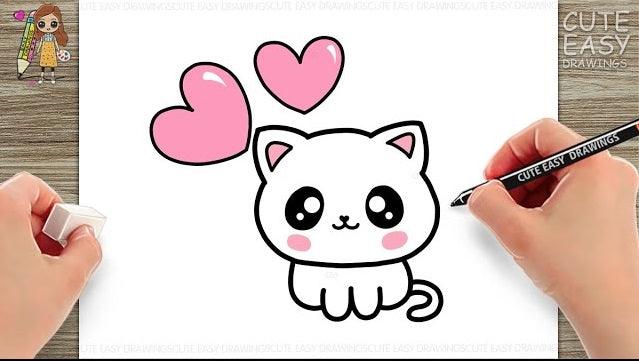Introduction to Figurative Drawing

Figurative drawing is a captivating art form that allows artists to capture the essence and beauty of the human figure. Whether you are a beginner or an experienced artist, understanding and mastering the techniques of figurative drawing can greatly enhance your artistic abilities. In this article, we will delve into the world of figurative drawing, exploring various techniques and tips to create lifelike portraits.
Importance of Understanding the Human Figure

The human figure is a complex and intricate subject to draw. It is essential for any artist to have a solid understanding of the human anatomy to accurately depict the proportions and structure of the figure. By studying the human figure, artists can develop a keen eye for details, allowing them to create realistic and expressive portraits. Moreover, understanding the human figure enables artists to convey emotions and narratives through their artwork, making their drawings more impactful and engaging.
Gesture Drawing: Capturing the Essence of the Figure
Gesture drawing is a fundamental technique in figurative drawing, as it helps artists capture the dynamic and fluid movements of the human figure. It involves quickly sketching the basic forms and lines of the figure, focusing on its overall pose and gesture rather than intricate details. Gesture drawing trains the artist's eye to observe and interpret the body's movements, enabling them to convey a sense of energy and vitality in their artwork. Practicing gesture drawing regularly not only improves your ability to capture the essence of the figure but also enhances your overall drawing skills.
Basic Techniques for Figure Drawing

To create lifelike portraits, it is crucial to master the basic techniques of figure drawing. Start by understanding the proportions of the human body, such as the length of the head compared to the body, the positioning of the limbs, and the overall balance of the figure. Use simple shapes and lines to construct the basic structure of the figure before adding details. Pay close attention to light and shadow, as they play a significant role in creating depth and dimension in your drawings. Experiment with different shading techniques to achieve realistic and three-dimensional effects.
Step-by-Step Guide to Creating Lifelike Portraits

Creating lifelike portraits requires careful observation, patience, and practice. Here is a step-by-step guide to help you on your journey:
Start by sketching the basic shapes and proportions of the head, using ovals and lines to define the placement of facial features.
Study the features of the face, such as the eyes, nose, mouth, and ears. Pay attention to their unique characteristics and proportions.
Gradually refine the details of the face, adding shading and texture to create a sense of depth and realism.

Move on to the rest of the figure, focusing on capturing the body's proportions and gestures. Use reference images or live models to guide your drawings.
As you progress, continue to refine the details, paying attention to the nuances of the figure's pose, muscles, and clothing.
Experiment with different drawing techniques and materials to find your own unique style and approach.
Tips for Improving Your Figure Drawing Skills

Improving your figure drawing skills is a continuous process that requires dedication and practice. Here are some tips to help you enhance your abilities:
Study anatomy: Familiarize yourself with the structure and proportions of the human body. Understanding the underlying anatomy will greatly improve your ability to depict the figure accurately.

Use reference images: Utilize photographs, sculptures, or live models as references for your drawings. They provide valuable information about the human form and help you capture realistic details.
Practice gesture drawing: Set aside time for regular gesture drawing exercises. Quick and spontaneous sketches will train your eye to capture the essence of the figure more effectively.

Seek feedback: Share your drawings with fellow artists or join art communities to receive constructive criticism and feedback. Learning from others can help you identify areas for improvement.
Experiment with different mediums: Explore various drawing materials, such as graphite, charcoal, or ink, to find the medium that suits your style and preferences.

Keep learning: Attend workshops, classes, or online tutorials to expand your knowledge and learn from experienced artists. Continuous learning and exposure to new techniques will fuel your artistic growth.
Examples of Gesture Drawing Exercises

Gesture drawing exercises are a valuable tool to develop your figurative drawing skills. Here are a few examples to get you started:
Set a timer for one minute and draw as many quick sketches as you can within that time. Focus on capturing the overall gesture and movement of the figure.
Use a long stick or charcoal to draw the figure without lifting the tool from the paper. This exercise encourages fluidity and forces you to simplify the forms.

Draw the figure from multiple angles, emphasizing different parts of the body in each sketch. This exercise helps you understand how the body's structure changes in various positions.
Exploring Different Drawing Methods for the Human Figure

Figurative drawing offers a wide range of drawing methods and styles to explore. Each method has its unique characteristics and approaches to capturing the human figure. Here are a few popular drawing methods:
Realism: Realistic drawings aim to depict the human figure with utmost accuracy, capturing every detail and texture. Artists often use techniques such as shading, blending, and precise line work to achieve a lifelike representation.

Impressionism: Impressionistic drawings focus on capturing the essence of the figure rather than its precise details. Artists use loose brushstrokes or lines to convey movement and atmosphere, creating an impression rather than a realistic depiction.
Expressionism: Expressionistic drawings prioritize conveying emotions and psychological states through the figure. Artists may use exaggerated proportions, distorted forms, and bold brushwork to evoke strong emotions and create a sense of drama.

Abstract: Abstract drawings of the human figure involve simplifying and distorting the forms to their essential elements. Artists explore shapes, lines, and colors to convey the essence of the figure, often leaving interpretation open to the viewer.
Finding Inspiration for Human Drawings

Finding inspiration for human drawings can come from various sources. Here are some ideas to spark your creativity:
Visit art galleries and museums: Explore classical and contemporary artworks featuring the human figure. Observe the techniques and styles used by renowned artists throughout history.
Study photographs: Look for captivating and expressive photographs of people. Pay attention to the lighting, composition, and emotions captured in the images.
Observe people in everyday life: Take a sketchbook with you and sketch people in cafes, parks, or public spaces. Capturing the gestures and interactions of people in their natural environment can offer unique inspiration.
Explore mythology and literature: Draw inspiration from mythological stories or literary characters. These narratives often provide rich material for creating powerful and symbolic human drawings.
Experiment with self-portraits: Challenge yourself by creating self-portraits that explore your own identity and emotions. Self-reflection can lead to meaningful and personal artwork.
Conclusion: Mastering the Art of Figurative Drawing

Mastering the art of figurative drawing is a journey that requires dedication, practice, and a deep understanding of the human figure. By studying anatomy, practicing gesture drawing, and exploring various drawing methods, you can develop your skills and create lifelike portraits that captivate and inspire. Remember to seek inspiration from different sources and continuously challenge yourself to grow as an artist. Embrace the beauty and complexity of the human figure, and let your drawings tell stories that resonate with viewers.







Leave a comment
All comments are moderated before being published.
This site is protected by hCaptcha and the hCaptcha Privacy Policy and Terms of Service apply.